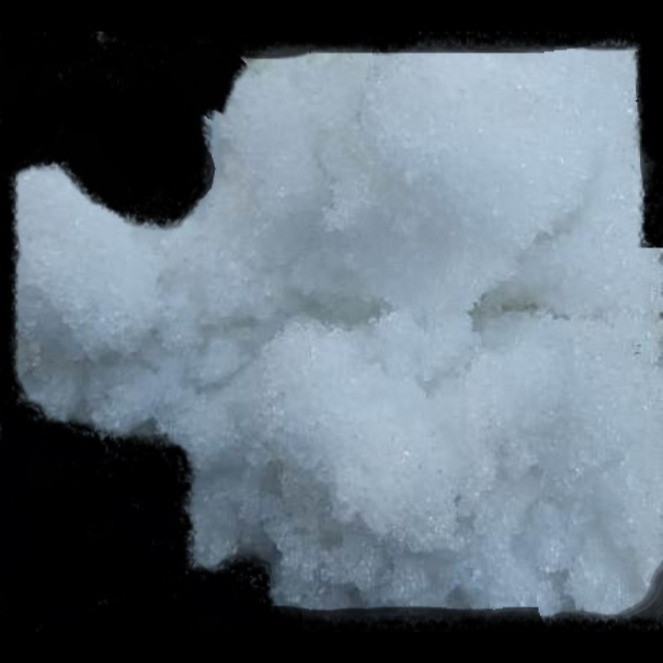
Glass Manufacturing Process – Additives Flow
1. Raw Material Preparation
Main ingredients:
Silica Sand (SiO₂)
Soda Ash (Na₂CO₃)
Limestone (CaCO₃)
Dolomite, Feldspar, Recycled cullet
➡️ Additive at this stage:
Sodium Nitrate (NaNO₃) → mixed in batch to oxidize Fe²⁺ impurities & improve clarity.
2. Melting Stage (1500–1600 °C)
Batch melted in furnace.
Ingredients fuse into molten glass.
➡️ Additive at this stage:
Sodium Sulphate (Na₂SO₄) → added for refining, viscosity reduction, and removal of bubbles.
3. Refining & Homogenization
Glass melt is clarified.
Bubbles rise and escape.
➡️ Role of Na₂SO₄ and Oxygen from NaNO₃ decomposition continues here.
4. Forming / Shaping
Molten glass shaped into flat sheets, bottles, containers, fibers, etc.
5. Annealing
Glass cooled slowly in annealing lehr to remove internal stresses.
6. Post-Production Treatment (Optional)
For high-strength/specialty glass.
➡️ Additive at this stage:
Potassium Nitrate (KNO₃) → used in chemical strengthening process:
Glass article dipped in molten KNO₃ bath at ~400–500 °C.
Ion-exchange process: K⁺ replaces Na⁺ at surface → compressive stress → stronger glass.
Flow Diagram (Simplified)
Raw Materials → Batch Mixing (+NaNO₃)
↓
Furnace Melting (+Na₂SO₄)
↓
Refining & Homogenization
↓
Forming & Shaping
↓
Annealing
↓
Post-Processing (KNO₃ bath → Strengthening)
📌 Key Notes:
Na₂SO₄ → works mainly as a fining/clarifying agent in the molten stage.
NaNO₃ → acts early (oxidizer in batch) and continues to assist refining.
KNO₃ → applied only in specialty strengthening after glass articles are formed.
SODIUM NITRATE IN GLASS INDUSTRY AND ITS PROCESS LAYOUT BY LAXMI ENTERPRISE VADODARA, GUJARAT INDIA

